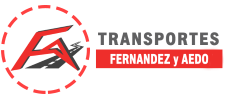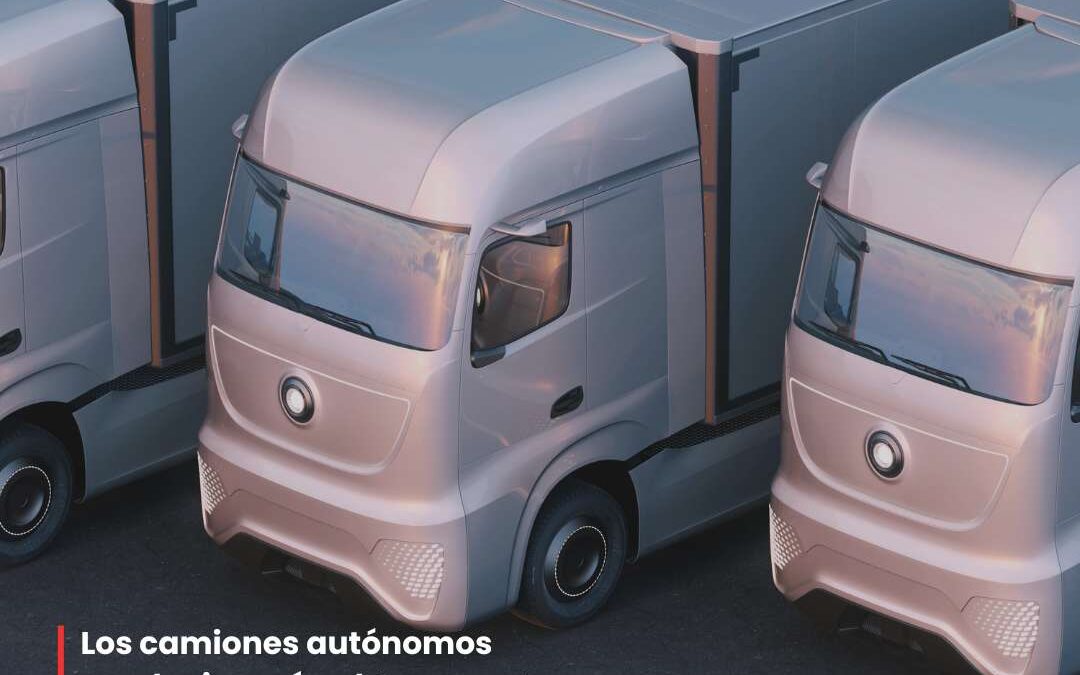According to US consultancy Roland Berger, the implementation of autonomous trucks could be the key to addressing the driver shortage, anticipating that 20-30% of trucks on US roads could be fully autonomous by 2034.
Roland Berger’s vision proposes a hybrid approach, dubbed the “transfer hub model” in which a human driver handles the first and last legs of the journey, while the truck operates autonomously for approximately 300 kilometres along the way. This approach would allow drivers to rest at home, improving working conditions and addressing the driver shortage currently affecting the sector.
Wilfried Aulbur, senior partner at Roland Berger, backs this intermediate model as the most beneficial. He emphasises that this approach would not only relieve drivers of tedious long-distance work, but would also offer a practical solution to increase efficiency and reduce costs for companies.
The company identifies three levels of autonomy, from platooning (driving a group of trucks) to full dock-to-dock autonomy, noting that the proposed intermediate model is the most practical and feasible in the short term.
Despite the projection for 2034, Roland Berger acknowledges that there are technological challenges and that both fleet operations and OEM relationships will need to evolve. Wilfried Aulbur highlights that autonomous trucks in development have already demonstrated skills such as merging, overtaking vehicles and exiting roads safely. However, the challenge ahead lies in proving that they are safer than an experienced driver, which is seen as critical to the widespread acceptance of this innovative technology in freight transport.
If you would like more information about dangerous goods transport or any of our services, please do not hesitate to contact us.

